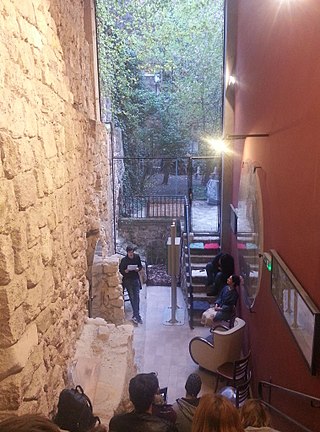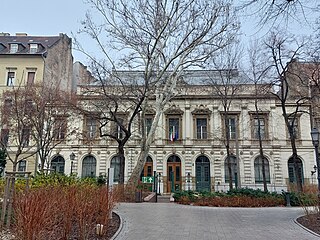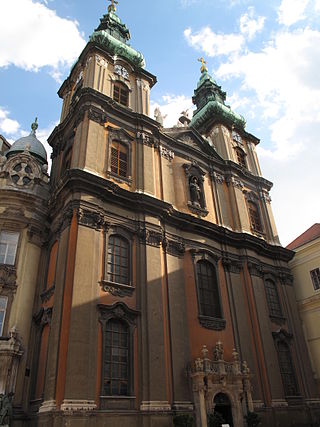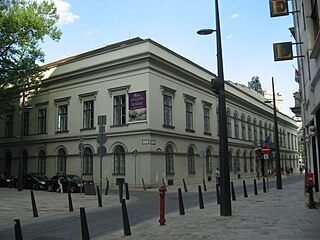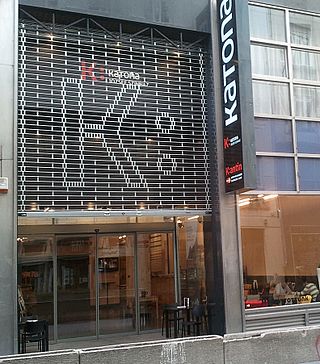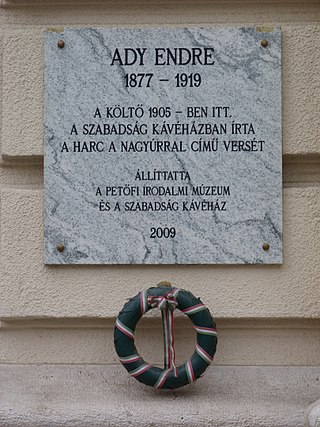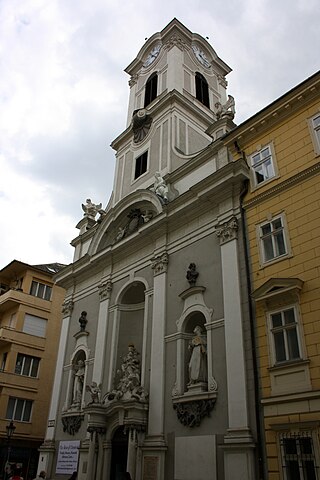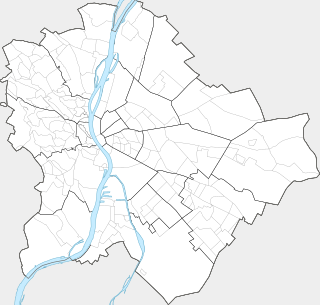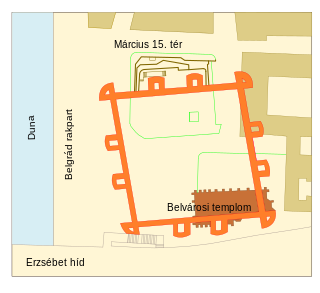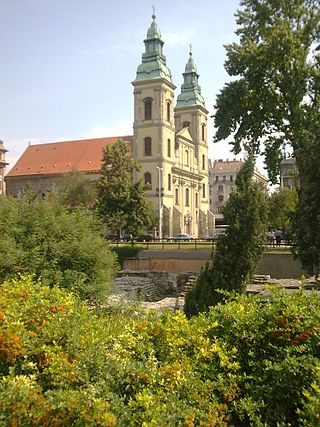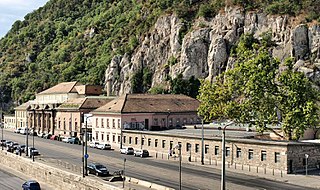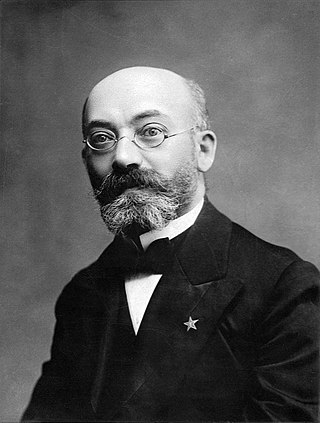Self-guided Sightseeing Tour #11 in Budapest, Hungary
Legend
Guided Free Walking Tours
Book free guided walking tours in Budapest.
Guided Sightseeing Tours
Book guided sightseeing tours and activities in Budapest.
Tour Facts
4.5 km
102 m
Experience Budapest in Hungary in a whole new way with our free self-guided sightseeing tour. This site not only offers you practical information and insider tips, but also a rich variety of activities and sights you shouldn't miss. Whether you love art and culture, want to explore historical sites or simply want to experience the vibrant atmosphere of a lively city - you'll find everything you need for your personal adventure here.
Activities in BudapestIndividual Sights in BudapestSight 1: Történelmi Városfal Bemutatóhely
The Historic City Wall Showroom in Budapest is a showroom in district V, where a 30-meter section of Pest's medieval city wall can be seen. About 15 meters of this can be viewed up close, the other 15 meters stretch in the courtyard behind but can be seen through a fence. On site, signboards and reproductions of old engravings, drawings and maps show the history of the city wall. The difference in level of about two meters between the pedestal of the city wall and the current street level clearly illustrates the filling of the last five hundred years.
Sight 2: Olasz Kultúrintézet
The Italian Cultural Institute of Budapest is an Italian state institution located at 8 Bródy Sándor Street, District VIII. The building has a long history, from 1865 to 1902 it was the seat of the Chamber of Deputies of the National Assembly, and since 1942 it has been owned by the Italian state.
Sight 3: Károlyi kert
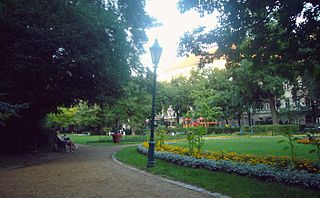
The Károlyi Garden public park in Budapest V. district. It is the oldest preserved garden in this function of the city centre and the best documented among the few palace gardens in Hungary. The garden is bordered by Ferenczy István Street to the north, Magyar Street to the east, Henszlmann Imre Street to the south and Károlyi Palace to the west. Its area has remained unchanged since the end of the 17th century at 7625 m².
Sight 4: Egyetemi Kisboldogasszony-templom
The Church of Our Lady of the Assumption, commonly referred to as the university church, is a Roman Catholic church in downtown Budapest. Since 1786 the church has belonged to the former Faculty of Theology of the University of Pest, then to the Pázmány Péter Catholic University, which became independent from it; Before that, it was the central church of the Paulists. The Central Seminary operates in the block adjacent to the church, so the liturgical services of the church are performed by the seminarians and superiors of the institute. The church has two towers and towers are 56 meters high each.
Wikipedia: Kisboldogasszony-templom (Budapest V. kerület) (HU), Url Miserend
Sight 5: Petőfi Irodalmi Múzeum
The Petőfi Literary Museum (PLM) is a major Hungarian museum in Budapest. It was founded in 1954, as the successor organisation to Petőfi House. It was named to honour the memory of Sándor Petőfi.
Sight 6: Katona József Színház Kamra
The Katona József Theatre has been operating as a theatre with its own company in Petőfi Sándor Street since the autumn of 1982. In a short time, it became Budapest decisive, artistic theater. Even after three decades, he continues to entertain his audience with demanding, internationally renowned productions. The company performed abroad for the first time in 1985, and since then it has visited forty countries in five parts of the world.
Sight 7: Ady Endre Emlékmúzeum
The Ady Endre Memorial Museum in Budapest was an exhibition space (Ady Memorial Apartment) established in 1977 to commemorate the centenary of the poet's birth.
Wikipedia: Ady Endre Emlékmúzeum (Budapest) (HU), Facebook, Website
Sight 8: Szerb ortodox templom
The Church of St. George in Budapest, Hungary, commonly known as the Serbian Church, is today the only Serbian Orthodox church in Hungarian capital city. The church belongs to the Eparchy of Buda and it is dedicated to Saint George. The Church of St. George is located in the heart of the city, less than 100 meters from the Váci Street, the main pedestrian zone. The building is protected by the Hungarian National Office for Cultural Heritage.
Sight 9: Belvárosi Szent Mihály-templom
St. Michael's Church in the Inner City, or St. Michael's Church in the Inner City, is one of the Catholic churches of Budapest Downtown.
Wikipedia: Szent Mihály-templom (Budapest V. kerület) (HU), Website, Url Miserend
Sight 10: Petőfi Sándor
The Petőfi statue faces March 15th Square in Budapest city center, on Petőfi Square.
Wikipedia: Petőfi Sándor-szobor (Budapest) (HU), Url Kozterkep
Sight 11: Contra-Aquincum
Contra-Aquincum is a Roman fortress, an important station of the Pannonian limes. It was built at the beginning of the 2nd century and rebuilt from its foundations at the end of the 3rd century. Its significance was given by its unusually thick walls, control of the eraviscus "capital", as well as the supervision of an ancient trade crossing. The ancient name of Contra-Aquincum is probably Pession (Πέσσιον). Its remains can be found in Budapest V. district, on March 15th Square, not far from Elisabeth Bridge.
Sight 12: The Main Parish Church of the Assumption in the centre of Budapest
Budapest's Inner City Parish Church, officially the Church of the Blessed Virgin Mary, is the main parish church of Budapest. It is often referred to as the City Parish Church, or Downtown Parish Church.
Wikipedia: Inner City Parish Church in Pest (EN), Website, Url Miserend, Facebook
Sight 13: Rudas Baths
Rudas Bath or Rudas fürdő is a thermal bath in Budapest, Hungary which is claimed to have medicinal properties. It was founded in 1571/1572 during the time of Ottoman rule. To date, it retains many of the key elements of a Hammam, exemplified by its Ottoman dome and octagonal pool. It is located at Döbrentei tér 9 on the Buda side of Erzsébet Bridge. The bath has six therapy pools and one swimming pool where the temperature is in between 10 and 42 °C. The components of slightly radioactive thermal water includes sulfate, calcium, magnesium, bicarbonate and a significant amount of fluoride ion. A sight-seeing brochure claims the water can help to treat degenerative joint illnesses, chronic and sub-acute joint inflammations, vertebral disk problems, neuralgia and lack of calcium in the bone system.
Sight 14: Queen Elisabeth
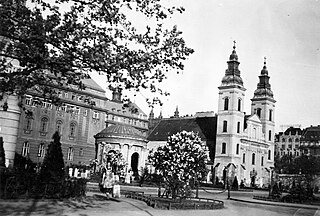
Queen Elisabeth's monument in Budapest was a memorial site in Budapest that lasted for decades, which was eventually constructed in a modified form and later demolished. The statue of the Queen was later placed in the public square again.
Wikipedia: Erzsébet királyné budapesti emlékműve (HU), Url Kozterkep
Sight 15: Esperanto Park
The Esperanto Park (Budapest) does not officially exist, yet many people call it Esperanto Park!
Sight 16: Dr. L.L. Zamenhof
L. L. Zamenhof was the creator of Esperanto, the most widely used constructed international auxiliary language.
Share
Disclaimer Please be aware of your surroundings and do not enter private property. We are not liable for any damages that occur during the tours.
GPX-Download For navigation apps and GPS devices you can download the tour as a GPX file.
